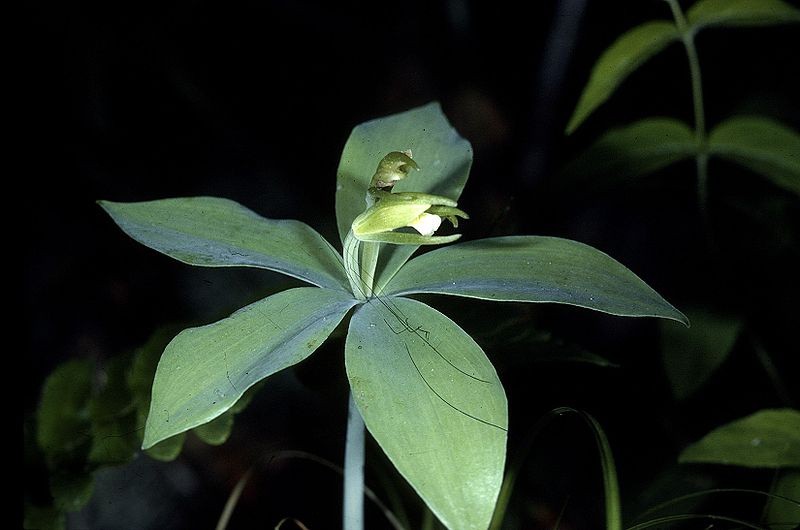Botanists were surprised to discover a rare orchid species that had been considered to be extinct in Vermont for more than 100 years.

Believed to be Extinct
According to the Vermont Fish and Wildlife Department, the little whorled pogonia has not been sighted in Vermont since 1902, despite several futile searches, and was thought to have died out in the state.
However, Chittenden County's Winooski Valley Park District discovered a tiny clump of fragile plants.
In a statement, Vermont Fish and Wildlife Department Botanist Bob Popp remarked, "Discovering a thriving population of a federally threatened species unknown in our state for almost a century is astonishing; it's Vermont's version of uncovering the ivory-billed woodpecker."
Local Community Scientists
John Gange and Tom Doubleday, two local community scientists from Shelburne and Colchester, discovered the orchid population. To safeguard the endangered species, the Vermont Fish and Wildlife Department will not publish the specific location of the colony.
Assistant Botanist Aaron Marcus of the Vermont Fish and Wildlife Department stated that John is a dedicated and experienced botanist. The latter specializes in orchids and regularly monitors the sightings people record on the community science app iNaturalist.
In July, John noted that birder and retired greenhouse manager Tom Doubleday had asked for help identifying an unknown wildflower on iNaturalist. He contacted us with the news that the little whorled pogonia had very likely recently been discovered in Vermont.
The little whorled pogonia, sometimes known as "the rarest orchid east of the Mississippi," is protected by the United States Fish and Wildlife Service. It is listed as a threatened species by the US Fish and Wildlife Service and an endangered species in 14 of the 18 states where it grows naturally.
Little Five Leaves Orchids
The uncommon orchid, known by its scientific name Isotria medeoloides or by its nickname "little five leaves," is found mainly throughout the Appalachian range, from Ontario southwards, with three major population concentrations in New England, the Blue Ridge Mountains, and coastal Virginia.
It gets its name from its distinctive elliptical whorled pointy leaves, which it normally has five of. When in bloom, the orchid bears one or two yellow-green blooms, which Gange and Doubleday discovered when they discovered the new Vermont population. Only 104 orchid communities have been identified, most of which are quite tiny, with less than 25 unique plants.
At Risk
This orchid species is extremely uncommon because of the devastation of its habitat owing to land conversion from forests for housing, industrial, or highway construction.
Other dangers include being eaten by deer, snails, and insects, trampled by wild pig herds or knocked over by off-road vehicles, and even harvested for horticulture or study.
Protecting the Flower
The Vermont Fish and Wildlife Department will now collaborate with the Winooski Valley Park District to seek more little whorled pogonia samples in the area and monitor the population to ensure it remains safe from habitat damage.
"We're quite lucky that this little whorled pogonia population is on Winooski Valley Park District land," Popp said. It emphasizes the significance of habitat protection; we seldom know all of the species that live on a piece of land we save, but we do know that maintaining entire natural communities gives the greatest odds for sustaining Vermont's biodiversity, from common to rare species.
For more news about rare plant species, don't forget to follow Nature World News!
© 2026 NatureWorldNews.com All rights reserved. Do not reproduce without permission.





